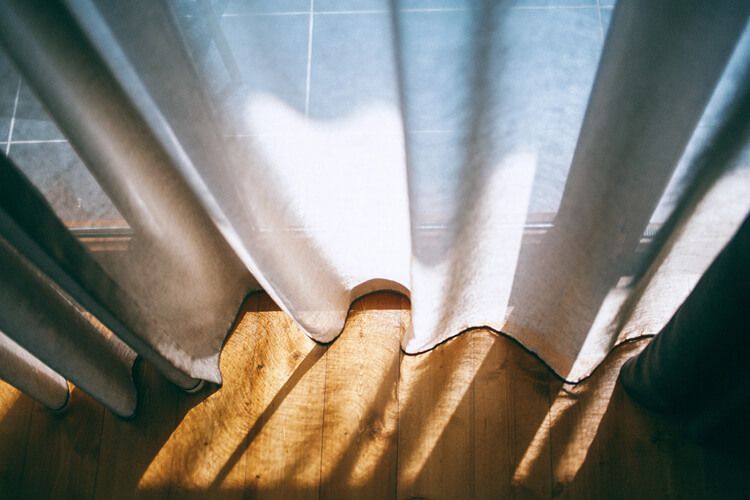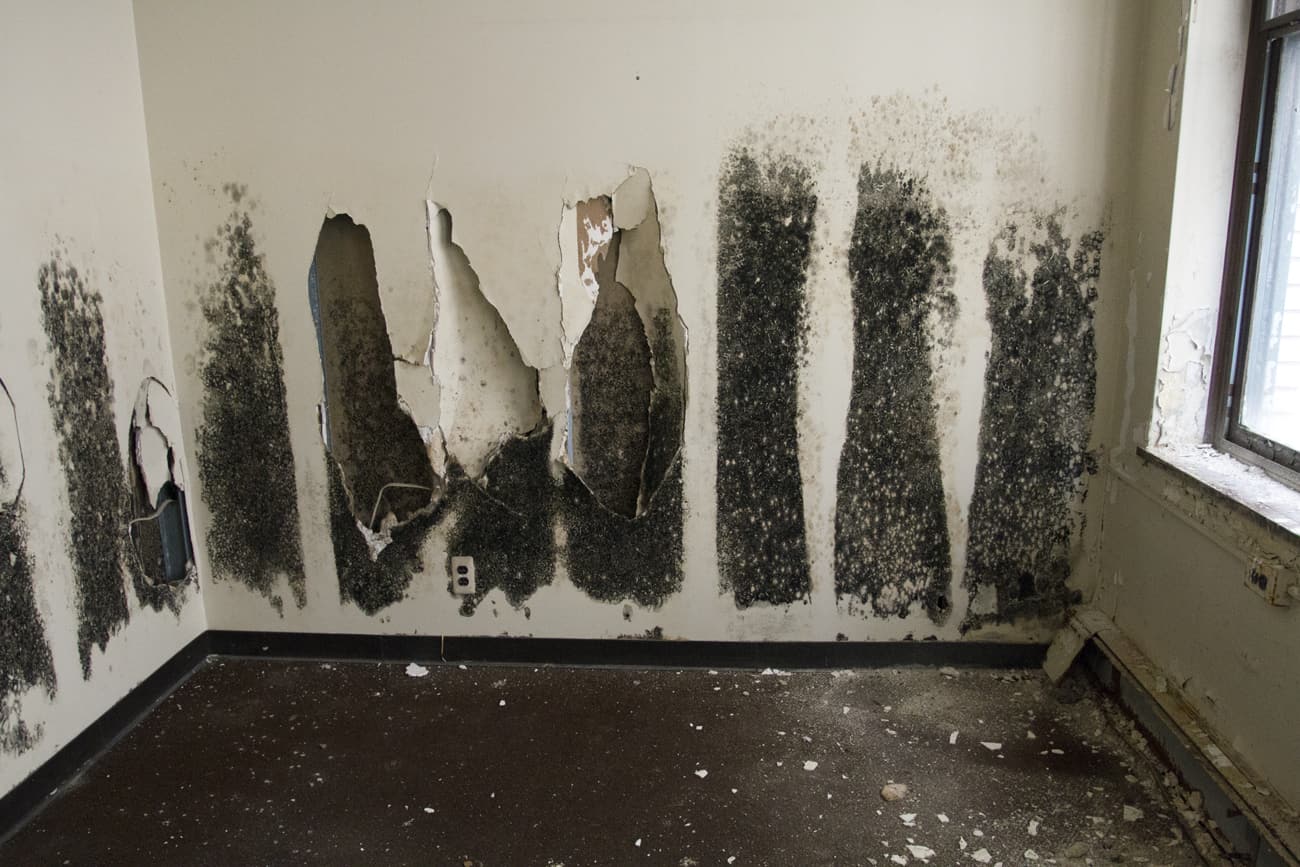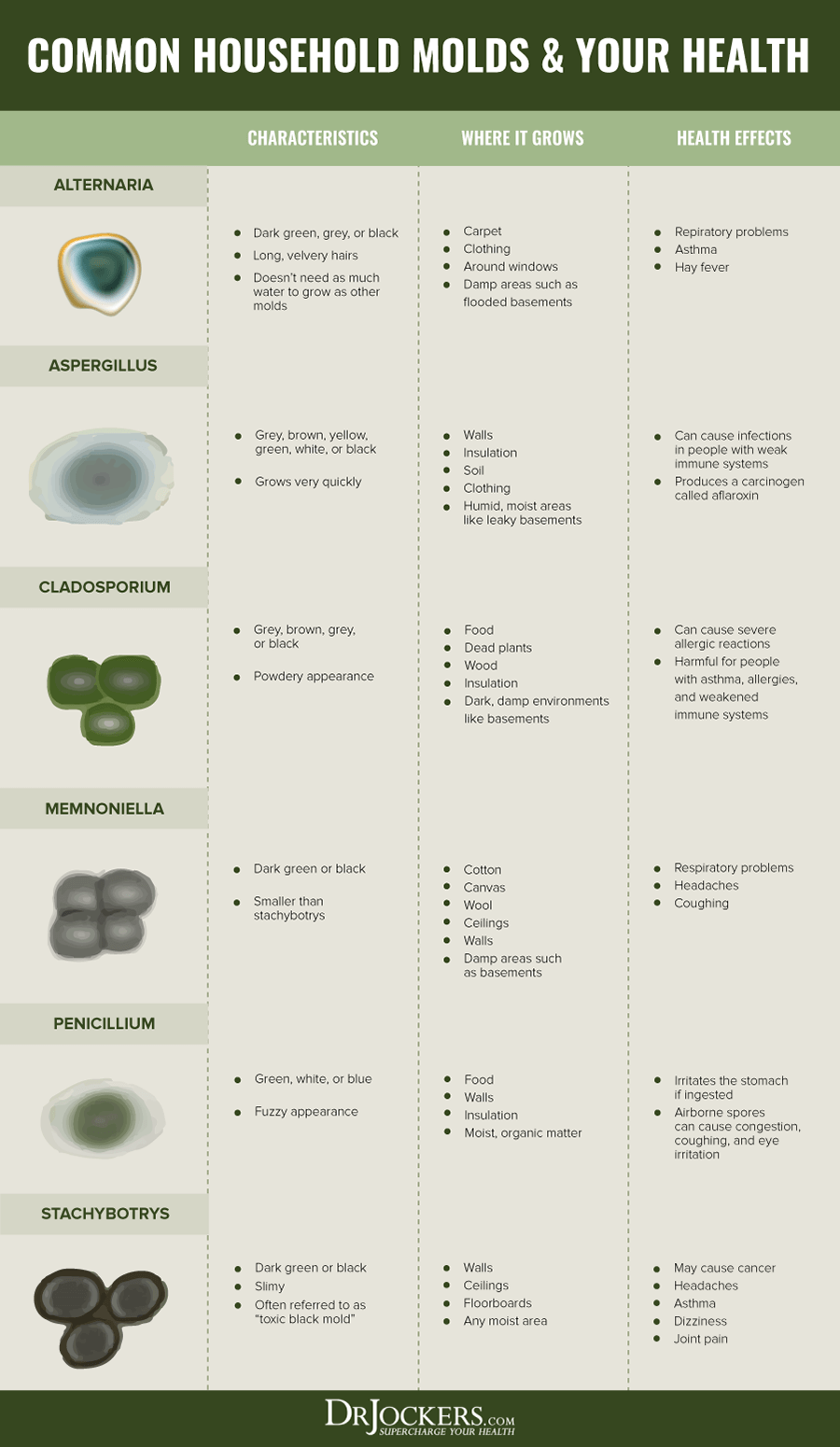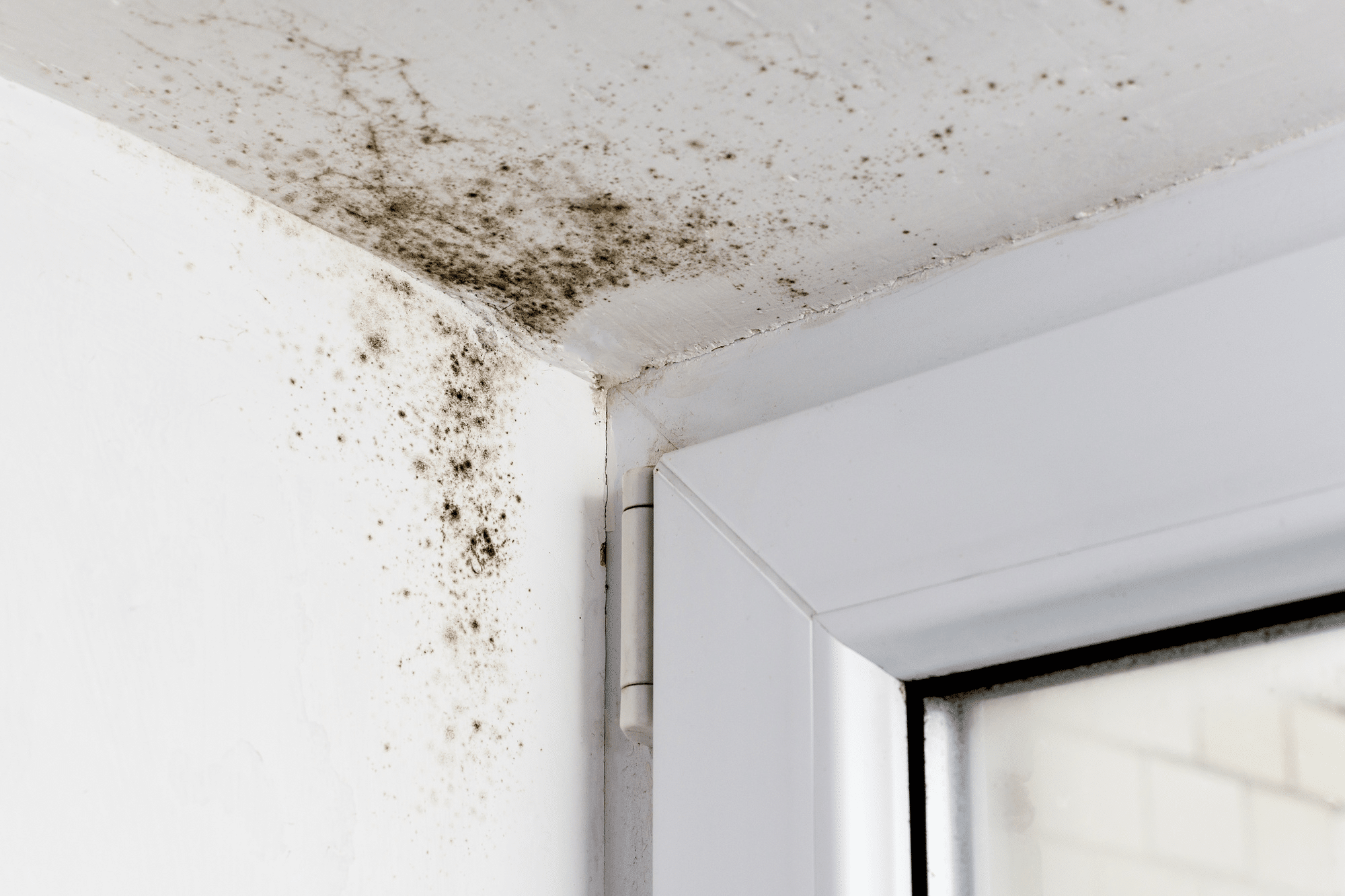Table Of Content

"[Both Queen Anne and Italianate] have the ornate dressings, such as wall textures and grandeur trim, that make them feel like gingerbread houses," Mize says. While this style originated in the early 1800s, it became common in the United States during the second half of the century. Mize adds that Italianate versions more closely resemble villas from their namesake country. They have more of a rectangular structure, and they feature narrower windows and columns that are "all ornately adorned with trim, complementing the design scheme throughout." Inside, the layout was historically designed to suit the lifestyle of the times for middle or upper-class Victorian families.
Key architectural details: windows
Victorian architecture encompasses various revival architectural styles popular during the Victorian era, including Gothic Revival, Italianate, Second Empire, Queen Anne, and others. Common features include steeply pitched roofs, towers, turrets, bay windows, stained glass, ornate woodwork and trim, bright exterior paint colors, and wrap-around porches. New mass-production techniques and materials, such as plate glass, also enabled more elaborate building designs.
Second Empire Victorian house (1852-
Its most recognizable element is the mansard roof, a four-sided, gambrel-style hip roof that is named for the 17th-century French architect François Mansart, who popularized it. This type of roof allows for an extra level inside the home, like a functional attic. The architecture itself, with its gables and turrets, is a photographer’s dream—each angle offers a new perspective on this architectural marvel. Additionally, ranch houses usually emphasize large windows and spacious patios, whereas bungalows are known for their charming front porches or verandas. In contrast, two-story homes boast a smaller roof size, offering a modern aesthetic and potentially lower heating and cooling costs.
Pros and cons of Victorian home styles
One of the primary reasons behind Victorian home layouts had to do with the way Victorians preferred to use their spaces. As Phillip Ash of Pro Paint Corner told MyDomaine, "open-concept would have been an appalling suggestion" to many Victorians. The Victorians made a clear distinction between public and private areas, and thus the floor plans were designed in a way that would accommodate that desire. While we'll go further into detail on some of the key features, here's a quick overview of some features to look out for.
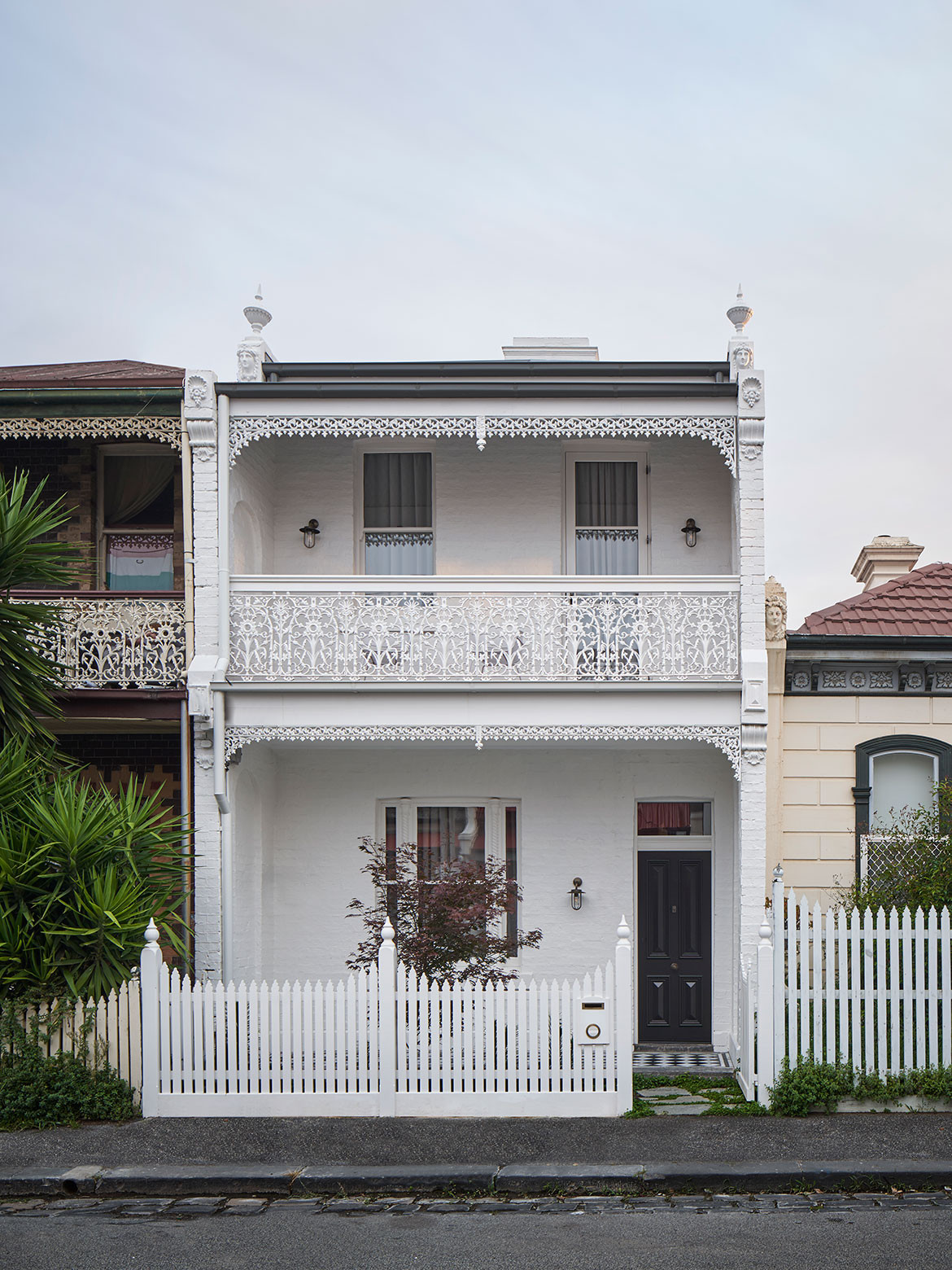
George Gilbert Scott was born on the 13th of July in 1811 in Gawcott, Buckinghamshire. Starting his career as a prolific designer of workhouses, he is most remembered today for his work as a Victorian Gothic Revival architect. His main body of work consisted of the designing, constructing, and renovating of cathedrals and churches, with over 800 various buildings having been built or renovated by him. During the 19th century, many architects from the UK emigrated to one of the British colonies to start their careers in places such as New Zealand, Australia, Canada, and the United States.
Key Differences Between Old House and Modern House
As with any historic home, you may encounter issues such as outdated electrical wiring, more frequent repairs, and even asbestos or lead paint found in the home. This can increase the cost of updates you may need to make, depending on the state of the home you purchase. While Victorian homes tend to be larger, the bedrooms and closets tend to be smaller, which may be an issue for those looking for storage space. Italianate style Victorian homes mirror the Italian villas they are modeled after. Typically only two stories, these homes also feature single-story porches, wide eaves, low roofs, and the characteristic ornamental brackets. For more about this distinctive style, here’s everything you need to know about Victorian houses.
Interior Features
The interior decor of the Great Hall features cherubs, marble columns, and 18th century style furniture – all part of Doheny’s Belle Epoque, a Gilded Age mansion for the likes of William Randolph Hearst and Cecil B. DeMille to visit. While not a house museum per se, you can take a tour – or, better yet, attend a concert hosted by the Da Camera Society under the incredible Tiffany stained glass in the Pompeian Room. In the early years of the 19th century, Gothic Victorian houses began to be built in the Gothic revival style. Victorian-era buildings were designed in reaction to the very symmetric style of Palladianism. By the 1850s, architects were able to start incorporating wrought iron frames and cast iron in their buildings due to advances in new technology.
Best Sage Green Paint Colors to Transform Your Space – Expert Picks & Reviews
The façade of many Victorian era properties often includes an abundance of windows, in all shapes and sizes, highlighting the various architectural features of the home's exterior and allowing natural light to permeate the interior. This newfound love of windows is in part due to the abolishment of the window tax, which took place in the Victorian era, according to Windows & More. Simply put, the elimination of a type of property tax in which the tax cost was determined by the number of windows found on a structure meant that it was possible to incorporate more windows without having to worry about a costly tax bill. If you prefer your Victorian homes with a bit more restraint in terms of ornamentation and decorative details, Italianate style properties just might be your dream spaces. According to Old House Online, this style reigned supreme in the early Victorian period, from roughly 1840 until after the Civil War, making this a popular choice before the Queen Anne craze took over.
Historic Riverside Victorian-era home saved from flames - The Press-Enterprise
Historic Riverside Victorian-era home saved from flames.
Posted: Thu, 03 Aug 2023 07:00:00 GMT [source]
For those who had access to larger incomes, this meant the detached or semi-detached Victorian-era buildings that included all the conveniences that were considered modern for the time such as plumbing, gas, and both hot and cold water. During the 18th century, a few English architects emigrated to the colonies, but as the British Empire became firmly established during the 19th century, many architects emigrated at the start of their careers. Some chose the United States, and others went to Canada, Australia and New Zealand. Normally, they applied architectural styles that were fashionable when they left England. Several prominent architects produced English-derived designs around the world, including William Butterfield (St Peter's Cathedral, Adelaide) and Jacob Wrey Mould (Chief Architect of Public Works in New York City). The ornate spindles and knobs found on so many Victorian-era houses, especially Queen Anne homes, were inspired by the decorative furniture of English designer Charles Eastlake (1836–1906).
Early this year the Los Angeles County Museum of Art announced a partnership with the planned Las Vegas Museum of Art. LACMA’s Michael Govan and LVMA director Heather Harmon discuss the details of the arrangement. The owners of Marilyn Monroe’s Brentwood home argued against landmark status, but L.A.’s Cultural Heritage Commission unanimously voted to recommend the property as a historic cultural monument. While original details are desirable, trying too hard to maintain them can amount to a foolish consistency. The kitchen of this 1900 Victorian in Portland, OR, had five doors taking up potential storage and workspace and a brick fireplace with a badly damaged chimney. To make matters worse, a 1990s renovation added an oddly angled island and a peninsula that blocked traffic.
Construction on the mansion started in 1884 and finished two years later in 1886. Despite originally being built for the royal family, certain sections of the property were converted into a private museum after she had passed away and were used exclusively by members of the royal family. In the present day, the museum has been made available for public viewing and is no longer limited to access by the royal family. It is one of the most easily recognizable structures around the globe and is famous for its unique Gothic Victorian architecture.
Bungalows are often one or one-and-a-half story homes with a low-rise structure and dormer windows. They usually feature verandas or porches for outdoor relaxation, an open floor plan maximizing space, and are typically built on larger lots for privacy and outdoor activities. Understanding these architectural distinctions can help homeowners make informed decisions when choosing between ranch houses and bungalows.
The Industrial Revolution was underway and this resulted in an explosion in mass production. Victorian-style houses were built for people across a large range of income levels and classes of society. For the factory workers, this meant the gardenless terraced Victorian houses that were built in closely packed rows along small and narrow streets.
Scott’s productivity matched the expansion of the British Empire under Victoria. By the time of his death, Scott had designed or restored over 500 buildings that came to define the extravagance and confidence of high Victorian design. Stick-Eastlake homes, also just called Stick, share a resemblance to Tudor-style homes with their diagonal, horizontal, or vertical planks (called “stick work”) adorning the home’s exterior. Typically made with wood, Stick-Eastlake Victorian homes are also characterized by their pitched gable roofs, trusses, towers, and embellished trim. Unlike other Victorian style homes, Stick-Eastlake style may not have bay windows and as much intricate decoration. These architectural features are rooted in the design principles and historical backgrounds of each style, showcasing unique appearances and layouts.



